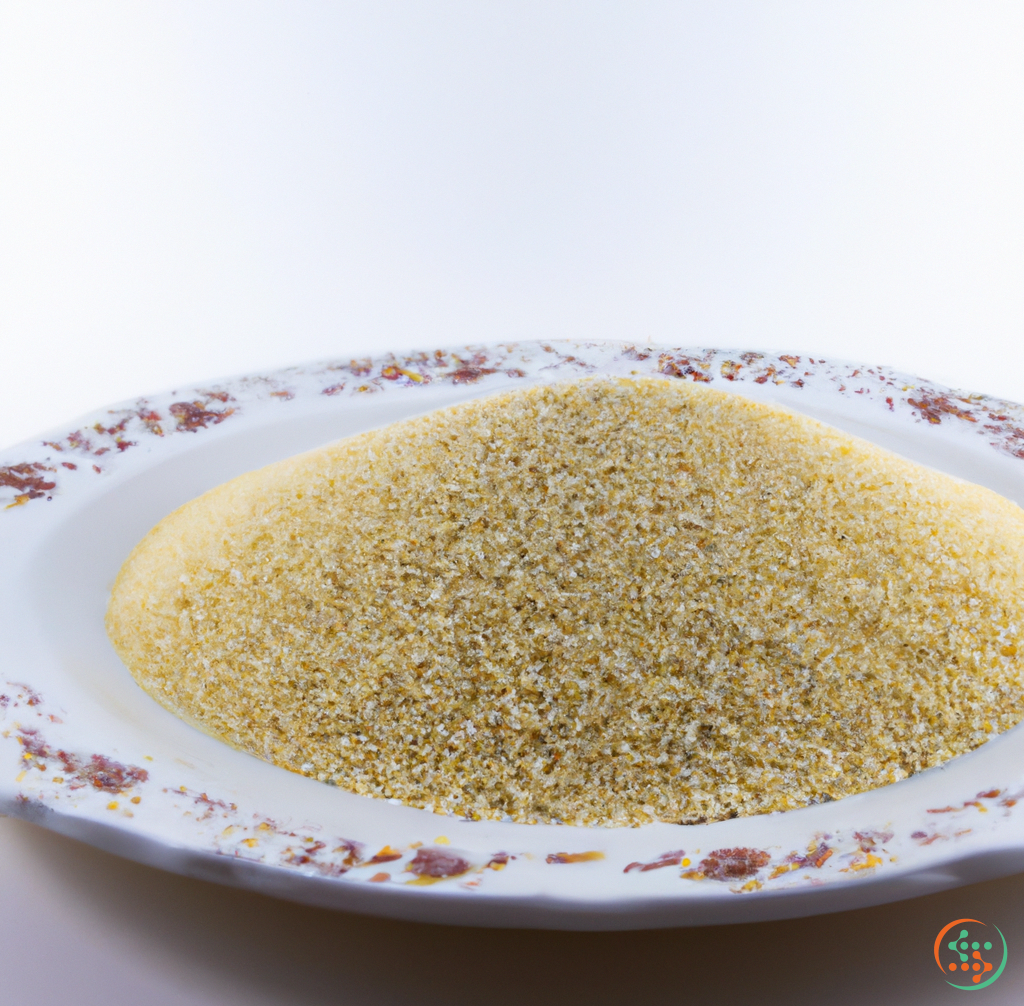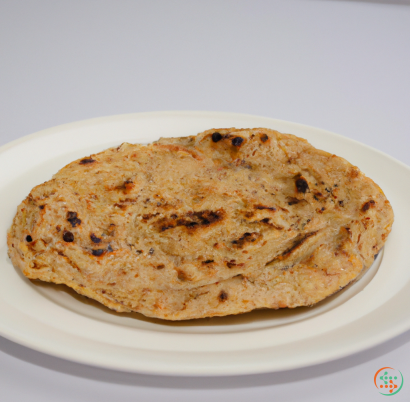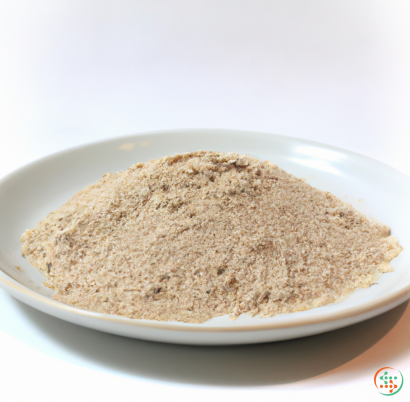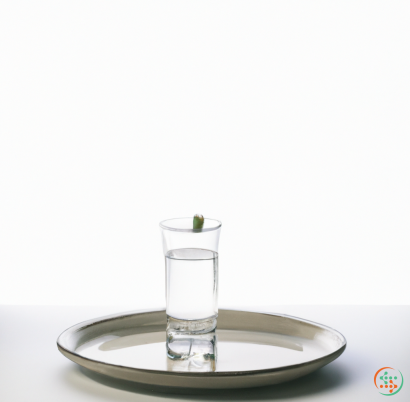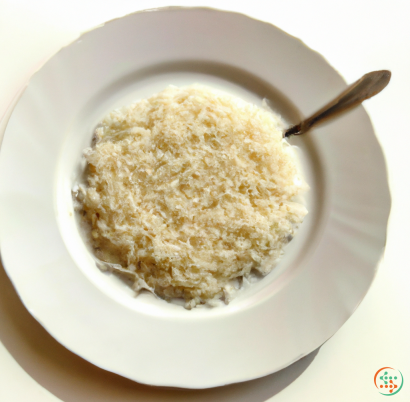Millet
Once relegated to the back shelf of the pantry, millet has made a big comeback, and for good reason. This ancient grain is packed with nutrients, is easy to prepare, and comes in a variety of forms, making it a versatile and delicious staple for any kitchen.
What is Millet?
Millet is an ancient grain that has recently been rediscovered as a powerhouse of nutrition and potential health benefits. It is a member of the grass family, meaning it is gluten-free, cholesterol-free, and low in calories. The most popular types of millet include foxtail, proso, and pearl millet. The grains can range in color from white and yellow to red and brown; the flavor is mild and nutty.
How to Prepare Millet
One of the great things about millet is that it is incredibly easy to prepare. All you need to do is rinse the grain, then cook it in boiling water—2 parts water to 1 part millet. Simmer the grain for 15-20 minutes, until all the water is absorbed. It is important to note that millet is highly absorbent, so it is best to use a little less water than you would for other grains.
Nutritional Benefits
Millet is known as one of the most nutrient-rich grains available. It is packed with minerals, vitamins, antioxidants, and plant-based proteins. This little grain is also high in fiber, which helps promote digestive health and aids in weight loss. Additionally, millet is a good source of essential fatty acids, which can help reduce cholesterol levels and improve heart health.
A study published in the Journal of Nutrition and Metabolism found that one type of millet (white foxtail) has significant amounts of magnesium, iron, phosphorus, calcium, and zinc. Furthermore, the same study showed that millet can help regulate blood sugar levels, which can benefit those with diabetes.
Uses
Millet can be used in a variety of dishes. It can be added to soups and stews or used as a side dish. You can also use millet to make porridge, salads, patties, or pancakes. Millet flour is also available for baking. It’s even possible to make a healthful, dairy-free “milk” by blending the cooked grain with water.
The variety of uses for this ancient grain makes it a great addition to any kitchen. With its unique flavor and its nutritional benefits, millet is sure to become a staple in your pantry.
Conclusion
With its abundance of nutrients, health benefits, and versatile uses, millet is becoming increasingly popular in home kitchens. It is easy to prepare and includes a mild, nutty flavor. With a little creativity, millet can be used in a variety of dishes and millet flour is a great option for baking as well. Its nutrient-rich profile makes it even more appealing for those looking for a nutritious and satisfying addition to their diet. All in all, millet is a grain worth stocking up on.
From the Seed to the Plate: Exploring the Creation and Journey of Millet
As one of the oldest grains in the world, millet, the seed-like grain harvested for use as a food source, has a long and fascinating history behind it. A staple in the diets of many cultures and consumed by humans for centuries, millet’s journey from the farm to the dinner plate is carefully orchestrated and complex. Let’s take a look at how a millet is created, where it comes from and how it makes its way from the farm to the dinner plate.
The Genesis of Millet
Millet is a small, grass-like seed and a type of cereal grain that belongs to the Poaceae family. Millet has grown wild and been cultivated since ancient times, and it is currently the sixth most important cereal grain crop on the planet. As a cereal grain, millet is the result of the domestication of a species of wild grass, which helps to explain why it pops up in cultures all around the world, including in parts of Africa, Asia and Europe (see Figure 1).
Figure 1. World Millet Production Map
Source: World Production Map, FAO (2004)
Millet is considered to be a very hardy crop, as it is able to survive and thrive in harsh environmental conditions in which other crops may fail, such as extremely hot and dry climates. Millet is often grown in semi- arid or high-elevation regions and as a type of annual grass, it can produce high yields in a relatively short period of time.
From Planting to Harvesting
Once harvested, millet is separated into two categories: head and pearled. The head millet is harvested in its whole, unprocessed form and the pearled millet has been decorticated and polished to remove any outer husk or hull. Depending on the specific variety of millet, planting and harvesting times can vary slightly, however all types are usually planted in the early spring and harvested in the late summer or early fall.
When planted, millet seeds are typically spread into heavily prepared soil which has been loosened and tilled. Then, a seeder machine is often used to plant the millet seeds in a single line at 1-2 inches apart. In addition, the millet beds are often mulched and grass-weed populations need to be managed to ensure optimal growing conditions for the millet.
When it comes to harvesting the millet stalks, a harvester machine is often used to cut through the millet stalks and separate the heads of the grain. Once this has been done, the millet grain can then be further processed through a grain dryer to reduce the harvested millet’s moisture levels.
From Farm to Market
Once harvested and processed, millet grain is then often sent off to other locations to be sold in grocery stores or restaurants. Millet can be stored for a long time without spoiling, so many mills and operations seek to keep large amounts of millet on hand at all times.
Typically, millet is sold by either larger businesses or individual farms directly to the marketplace. This could include supermarkets and groceries, specialty stores, foodservice operations and more. As millet is gaining popularity as a health food, more facilities are expanding to encompass the grain’s production, so distribution is becoming increasingly accessible across the globe.
From Market to Plate
Once purchased, millet can be cooked in a variety of ways including boiling, baking or steaming. Millet is especially popular in dishes such as bread, pilaf, pancakes and porridge. It can also be added as a topping on salads and cooked dishes or it can be ground down into a flour and used to create cakes and pastries.
In some meals, different types of millet can be combined for more complex and robust flavors. Millet can also be pressed for oils or fermented for an alcoholic drink. Its versatility has contributed to its centuries-long presence in the global food scene.
Conclusion
The journey from seed to plate for millet can be complex and intertwined with numerous other processes. From farm production and harvesting to transportation, storage, marketing and its culinary applications, it can be difficult to understand the complete process behind millet’s success.
Fortunately, the ongoing science, technological advances and creativity around millet have helped to make it an increasingly popular dietary choice. With so many ways to consume millet, it is no surprise that it continues to find a place in many diets and culture across the world.
| Beta-Carotene | 0.002 mg | |
| Vitamin E | 0.02 mg | |
| Vitamin K | 0.3 ug | |
| Vitamin B1 | 0.11 mg | |
| Vitamin B2 | 0.08 mg | |
| Vitamin B3 | 0.00133 grams | |
| Vitamin B4 | 0.0112 grams | |
| Vitamin B5 | 0.17 mg | |
| Vitamin B6 | 0.11 mg | |
| Vitamin B9 | 0.019 mg |
| Calcium | 0.003 grams |
Daily Value 1.3 g
|
| Iron | 0.63 mg |
Daily Value 0.018 g
|
| Magnesium | 0.044 grams |
Daily Value 0.4 g
|
| Phosphorus | 0.1 grams |
Daily Value 1.25 g
|
| Potassium | 0.062 grams |
Daily Value 4.7 g
|
| Sodium | 0.002 grams |
Daily Value 2.3 g
|
| Zinc | 0.91 mg |
Daily Value 0.011 g
|
| Copper | 0.16 mg |
Daily Value 0.9 mg
|
| Manganese | 0.27 mg |
Daily Value 0.0023 g
|
| Selenium | 0.9 ug |
Daily Value 0.055 mg
|
| Tryptophan | 0.038 grams | |
| Threonine | 0.113 grams | |
| Isoleucine | 0.148 grams | |
| Leucine | 0.446 grams | |
| Lysine | 0.067 grams | |
| Methionine | 0.07 grams | |
| Cystine | 0.067 grams | |
| Phenylalanine | 0.185 grams | |
| Tyrosine | 0.108 grams | |
| Valine | 0.184 grams | |
| Arginine | 0.122 grams | |
| Histidine | 0.075 grams | |
| Alanine | 0.314 grams | |
| Aspartic Acid | 0.231 grams | |
| Glutamic Acid | 0.763 grams | |
| Glycine | 0.092 grams | |
| Proline | 0.279 grams | |
| Serine | 0.205 grams |
| Total Sugars | 0.1 grams |
per 100g
|
| Palmitic acid (16:0) | 0.13 grams |
|
| Stearic acid (18:0) | 0.04 grams |
|
| Total Saturated fatty acids: | 0.17 g | |
| Oleic acid (18:1) | 0.18 grams |
|
| Gadoleic acid (20:1) | 0.01 grams |
|
| Total Monounsaturated fatty acids: | 0.19 g | |
| Linolenic acid (18:3) | 0.03 grams |
|
| Linoleic acid (18:2) | 0.48 grams |
|
| Total Polyunsaturated fatty acids: | 0.51 g | |
